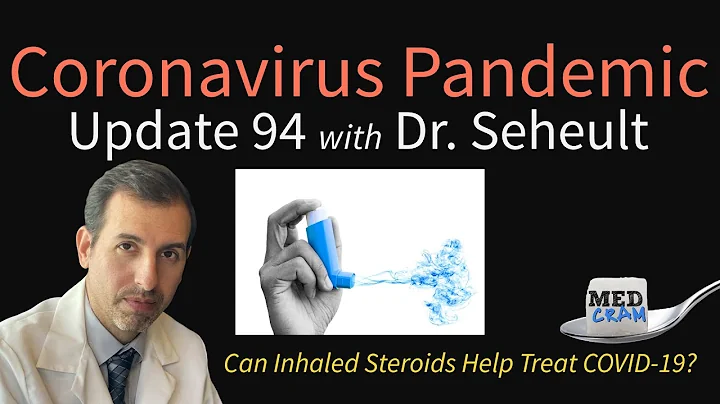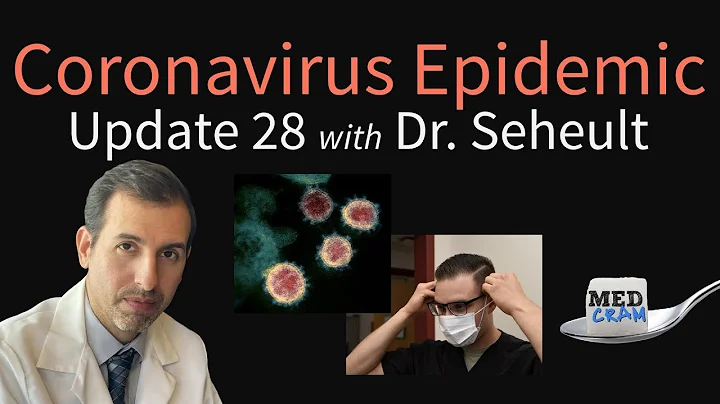
In order to further guide various localities to scientifically and accurately carry out the prevention and control of new coronavirus pneumonia , we have carefully summarized the prevention and control work practices after the issuance of the "Novel Coronavirus Pneumonia Prevention and Control Plan (Eighth Edition)", especially for the secrets of Based on the characteristics of the Keron mutant strain, such as its rapid spread and strong concealment, the Comprehensive Team of the Joint Prevention and Control Mechanism of the State Council organized and revised the "Novel Coronavirus Pneumonia Prevention and Control Plan (Ninth Edition)". We must fully implement the general strategy of "preventing imported cases from abroad and preventing rebound from within" and the general policy of "dynamic clearing", effectively safeguard the people's life safety and health, and coordinate epidemic prevention and control with economic and social development to the maximum extent possible. The main revisions are as follows:
1. Optimize and adjust the isolation management period and method of risk personnel
Adjust the isolation and control time of close contacts and immigrants from "14 days of centralized isolation medical observation + 7 days of home health monitoring" to "7 days of centralized quarantine "Isolation medical observation + 3 days of home health monitoring", nucleic acid testing measures were adjusted from "nucleic acid testing on the 1st, 4th, 7th and 14th days of centralized isolation medical observation, collecting nasopharyngeal swabs, and double sampling and testing before lifting the isolation" "Nucleic acid testing and collection of oropharyngeal swabs on the 1st, 2nd, 3rd, 5th, and 7th days of centralized isolation medical observation and the third day of home health monitoring are not required before the centralized isolation medical observation is lifted." The close contact control measures have been adjusted from "7 days of centralized isolation and medical observation" to "7 days of home isolation and medical observation", with nucleic acid testing on the 1st, 4th and 7th days.
2. Unify the delineation standards for closed control areas and medium- and high-risk areas
The delineation standards and prevention and control measures for the two types of risk areas are connected and corresponding, and the concept of medium- and high-risk areas is uniformly used to form a new risk area delineation and management and control plan. High-risk areas implement "door-to-door services without leaving home". There will be no new infections for 7 consecutive days and they will be reduced to medium-risk areas. Medium-risk areas will have no new infections for 3 consecutive days and they will be reduced to low-risk areas. In other areas, 7-day centralized isolation and medical observation measures are implemented for those who have a history of traveling to high-risk areas in the past 7 days. The medium-risk area implements "staying in the area and picking up items at staggered peaks", and there are no new infections for 7 consecutive days, and it is reduced to a low-risk area. Other regions have adopted 7-day home medical observation measures for those who have traveled to medium-risk areas in the past 7 days. Low-risk areas refer to other areas in the counties (cities, districts, banners) where medium- and high-risk areas are located, and "personal protection and avoidance of gatherings" are implemented. In other areas, people with a history of traveling to low-risk areas in the past seven days are required to complete two nucleic acid tests within three days.
3. Improve the epidemic monitoring requirements
Encrypt the frequency of nucleic acid testing for risk occupational groups, adjust the nucleic acid testing of personnel in direct contact with entry personnel, items, and the environment to once a day. For employees with dense personnel, frequent contacts, and high mobility Nucleic acid testing is adjusted to twice a week. Antigen testing can be added as a supplementary method for epidemic monitoring. Primary medical and health institutions can increase antigen testing for suspicious patients and for people in medium- and high-risk areas when dealing with epidemics.
4. Optimize regional nucleic acid testing strategies
Clarify regional nucleic acid testing plans for different population sizes. Target provincial capital cities, cities with a population of more than 10 million, general cities, and rural areas. After the outbreak, whether the source of infection is clear, whether there is a risk of community transmission, and The scope and frequency of regional nucleic acid testing will be determined based on factors such as whether the chain of transmission is clear and based on the risk and the principle of classification.
Source: National Health Commission website
Submission address: [email protected]
Editor review: Feicheng City Health Education Center
Historical article link
1. Feicheng City COVID-19 Vaccination Clinic Announcement
2. Feicheng City Nucleic Acid Testing Convenient Sampling Point Setting announcement
3. Query of nucleic acid test results on Feicheng City platform is now open! Ready to print! ! !
4. Report quickly! ! Feicheng City Epidemic Prevention and Control "Quick Report" mini program is convenient, fast and accurate!





















